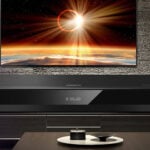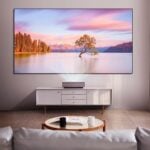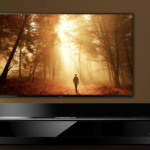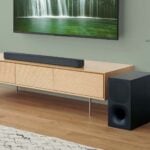carl_b_byrne
Agent
- Joined
- Nov 27, 2002
- Messages
- 28
I hope someone can clear this up for me. I do not understand the use of a phase control on a subwoofer. I did do a search in the sub/speaker forum but could not find a satisfactory answer. Is it essential? My little sub doesn't have one, but i the future I will upgrade. Also, can somebody give me a 2 dollar version of crossover. DOes it basically mean the point where the sub takes all bass (ie if set at 70 hz, the sub will play only sounds 70 hz and below?)
Thanks muchly
Thanks muchly





